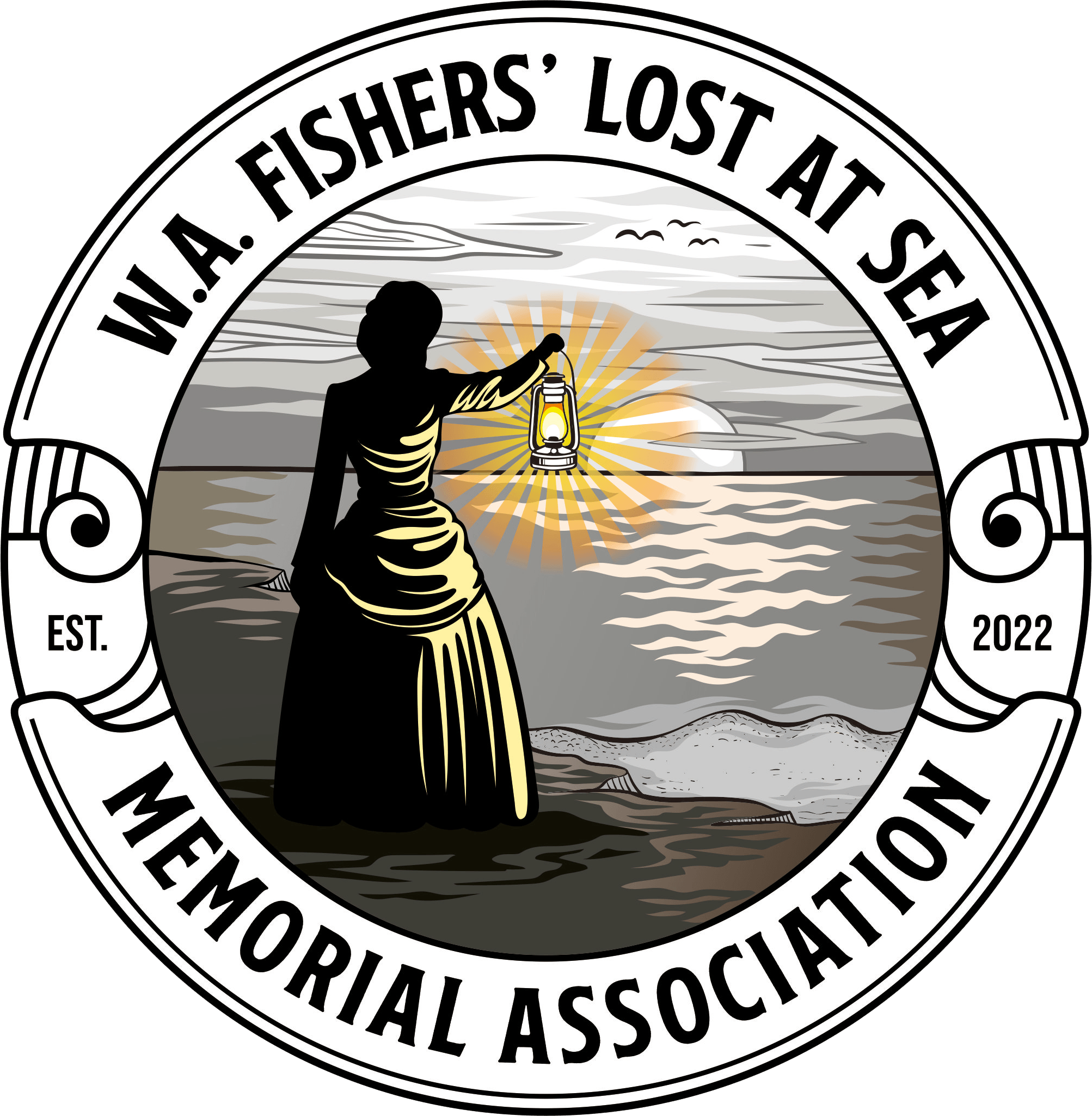Charles Bodge
Vessel Name: Ann Parry
Charles Bodge
Accident on board; buried at sea
30 December 1840

The Ann Parry

Leander Huntriss' journal from the Ann Parry
In September 1839 a fleet of American whaleships began a voyage to the southwest corner of Western Australia, following an established route. There was an established reprovisioning trade with settlers at Vasse, Castle Rock, Bunbury and Augusta. These settlements became rendezvous points for whalers.
Settlers grew crops of vegetables and raised meat animals. They also had milk and butter. Whalers took one or two tons of fresh vegetables and paid well for them. The southwest trade developed because the prices in Fremantle and Albany were high enough to stop the ships from calling there.
Ann Parry was on her way to the southwest, with Herald, a sister whaler. Also making their way there were Two Brothers under command of Captain Humphrey Shockley, American with Captain Mercator Cooper, and Triton with Captain Martin Bowen. Waiting at Cape Leeuwin were Commodore Perry, Garland, Rajah, Pantheon and Cadmus.
Command of Ann Parry fell to Captain James Youngs. He had worked his way up through the mates’ positions to become a reputable captain who caught whale. His second in command was the first mate James Dennett, who had gone aboard the whaleship in 1834 as her carpenter.
Ann Parry was an American whaleship out of Portsmouth, New Hampshire. She was built on the Piscataqua River by William Badger in 1825; a 328-ton barque with three masts. Her maiden voyage was made in December 1825, with a cargo of cotton. She was converted in 1832, gaining 30 tons and re-registering as a whaleship in answer to the increasing demand for whale oil.
There were advertisements for positions aboard whalers aimed at young men in Western Australia. So many men had gone gold hunting, seeking more money than a whaler would/could pay them. The advertisements offered adventure and travel.
Two young men responded to an advert for the successful whaler Ann Parry. They were Charles Bodge and Leander Huntriss. Charles was 16 years of age when he joined the whaler. He had his 17th birthday aboard. They advertised adventure and Charles and Leander They agreed to the greenhand lay of 1/180 share of the net profit and provisions for the voyage.
The two young men became friends, although they were very different. Charles was an adventurer and did not shirk the hard work aboard the ship. Leander was a farm boy but was more studious than most of the crew. He kept a detailed journal into which he made detailed daily entries, recording the weather and all aspects of life aboard.
Most whaleships had a scribe who kept a journal of life aboard separate to the captain’s log. A journal might be written by the captain’s wife, the mate, or a crew member with literary skills. Aboard Ann Parry the task fell to Leander Huntriss.
On 30 December 1840, young Charles was aloft in the lookout for a two-hour watch. They were approximately 300 miles from Cape Leeuwin on their return there, and it had been blowing hard for nearly a week. Charles was at the end of his shift. In a moment of inattention or a lurch of the ship, he fell.
With a sickening thud, he landed 20 metres below on the deck. His feet struck a deck hatch causing his right femur to break. His head landed on the capstan [the rotating drum used to wind up anchors and whales].
Captain Youngs hove the whaler to, and the captain of Herald did the same and hurried aboard the Ann Parry to render help with whatever first aid could be applied.
Charles lay on the deck unconscious while the Captains of Ann Parry and Herald tried to revive him. Charles remained motionless and did not wake, which was a mercy as his injuries were serious.
Charles died a few hours later at 7.30pm without gaining consciousness.
The next morning Captain Youngs hove to again. The crew gathered mournfully and a reading from the bible was heard. Then Charles’ body was committed to the deep. They resumed their route to catch up with the fleet bound for Cape Leeuwin. Ann Parry’s voyage ended in Portsmouth in June 1842.
Leander wrote in his journal. He dedicated a page to commemorate Charles. He wrote “In the midst of Life we are in Death," He drew a cenotaph bearing the message: "Sacred to the Memory of Charles Bodge.” The journal is kept in the Portsmouth Athenaeum.
